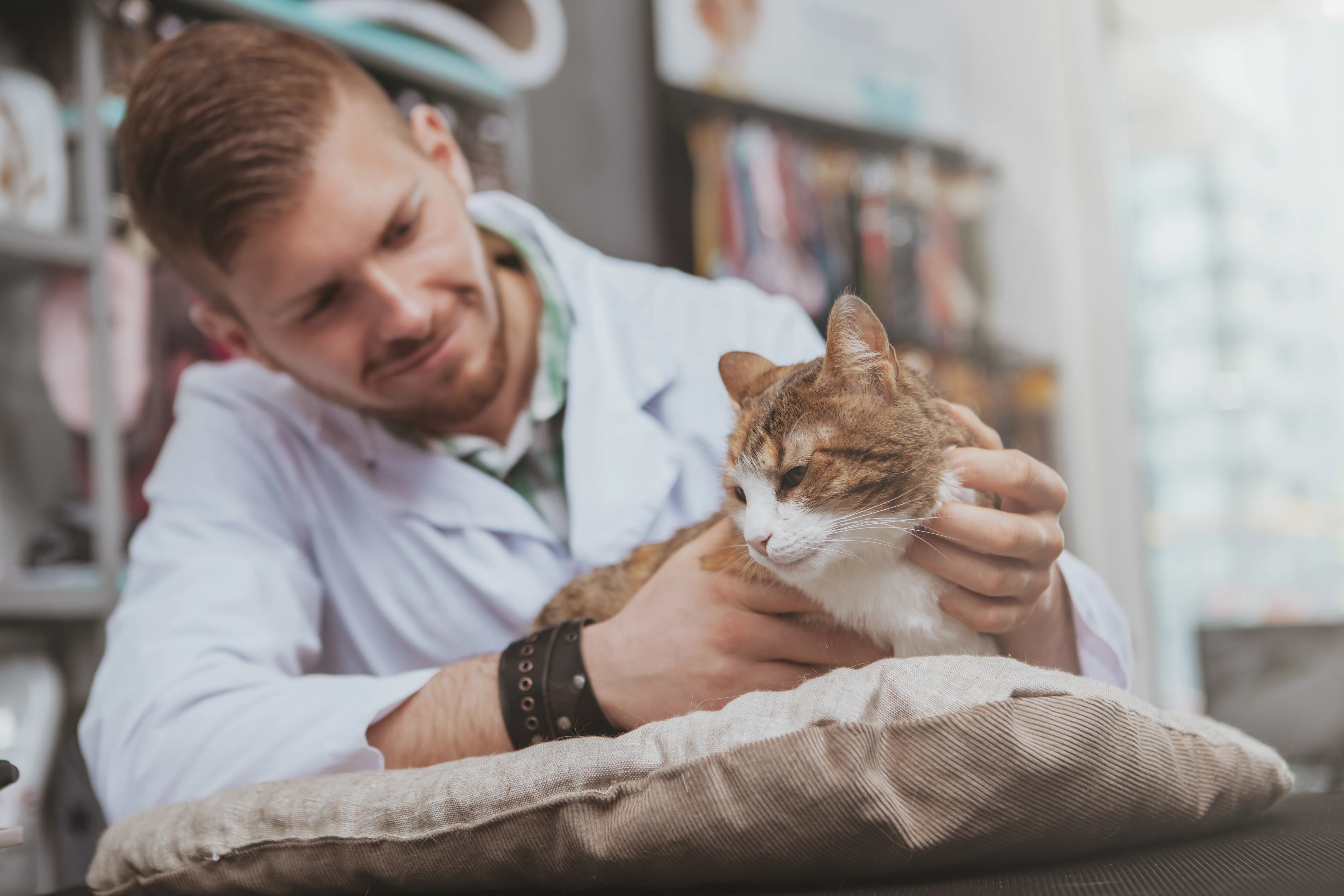Considering the Unique Needs of Cats to Improve Diagnosis of Osteoarthritis

Sponsored by Zoetis
Subtle medical conditions in cats such as osteoarthritis (OA) can go undiagnosed for a variety of reasons. Radiographic evidence of OA is present in ≤90% of cats >12 years of age, but most veterinarians do not diagnose feline OA that frequently.1 To improve diagnosis of OA, it is important to recognize barriers to its diagnosis.
Barriers to Diagnosis
Many cat owners may be hesitant to schedule veterinary visits due to concerns that the visit may be stressful for the cat.2 Even after cat owners enter the clinic, they may be unsure which of their concerns are relevant and may be reluctant to share their concerns with the veterinary team. In practices that seem to be primarily dog-centered, cat owners may not feel seen, heard, or supported in sharing their feline-specific concerns.
Cats do not typically visit the veterinarian as often as dogs, creating fewer opportunities for the veterinary team to diagnose and monitor feline OA. In addition, cats tend to be anxious during physical examination; this limits the veterinarian’s ability to perform a thorough orthopedic examination and may contribute to the documented difficulties associated with recognizing pain in cats.3 Although dogs often show obvious signs of pain that may lead their owners to suspect OA, cats show more subtle signs, and obvious lameness is rare.3 If the veterinary team does not ask the right questions or make the correct observations, it is unlikely OA will be detected. Working to overcome barriers is essential to improve the diagnosis of OA in affected cats.
Consider Cats’ Unique Needs to Diagnose Osteoarthritis
Every veterinarian has likely heard the statement “cats are not small dogs.” This not only refers to medical differences but also to differences in behavior, how they show stress and pain, ways the veterinary team can make them feel more comfortable at home and on trips to the clinic, and how veterinary team members should discuss feline patients with their owners. Small changes can help make cats and their owners more comfortable.
Feline-Specific Examination Rooms
Cats should be examined and treated in a quiet environment, with all needed supplies within reach and minimal audible noise from the treatment area. Asking clients to wait in their cars until their examination room is ready can minimize cats’ exposure to stressors in the waiting room.
Pheromones
Pheromone diffusers in examination rooms and spraying pheromones on scrubs, blankets, and other materials in the clinic may help minimize stress on cats. When owners schedule an appointment, the client services team can recommend the use of pheromones in the cat’s carrier and the car. If clients must wait in the lobby, pheromone-sprayed towels to drape over the carrier can be offered.
Cat-Friendly Handling Techniques
The entire team should use cat-friendly handling techniques, such as:
Avoiding pulling cats out of their carrier; allowing cats to come out on their own
Placing a towel or soft bedding sprayed with pheromones on the table or floor
Adopting cat-friendly restraint techniques (eg, cat burrito, food distractions, head coverings and e-collars, cat bags). If a cat continues to struggle, the examination or procedure should be postponed and the use of medication recommended.
A good rule of thumb is to assume that cats are in pain. Working with this assumption encourages handling and examination techniques in line with what cats need to feel comfortable. Pain is less likely to be missed, and all interactions are likely to be more pleasant.
Partner with Cat Owners to Obtain Information
Cat owners must be able to recognize signs of arthritis pain and alert the veterinary team. The veterinary team should educate owners on subtle indicators of pain as their cats begin to age (eg, taking extra time to jump, no longer jumping up). This communication fosters a team approach to veterinary care, helping the client feel heard and valued.
When examining any feline patient, it is important to ask questions specific to OA. Owners should be asked whether they have observed any changes in their cat’s mobility, attitude, or daily routine. Asking the right questions can permit earlier diagnosis and treatment.
Conclusion
Like dogs, cats require comprehensive care. Creating an environment that meets their needs and is comfortable for cats and their owners can aid in the identification of signs associated with OA, allowing prompt diagnosis and treatment.
